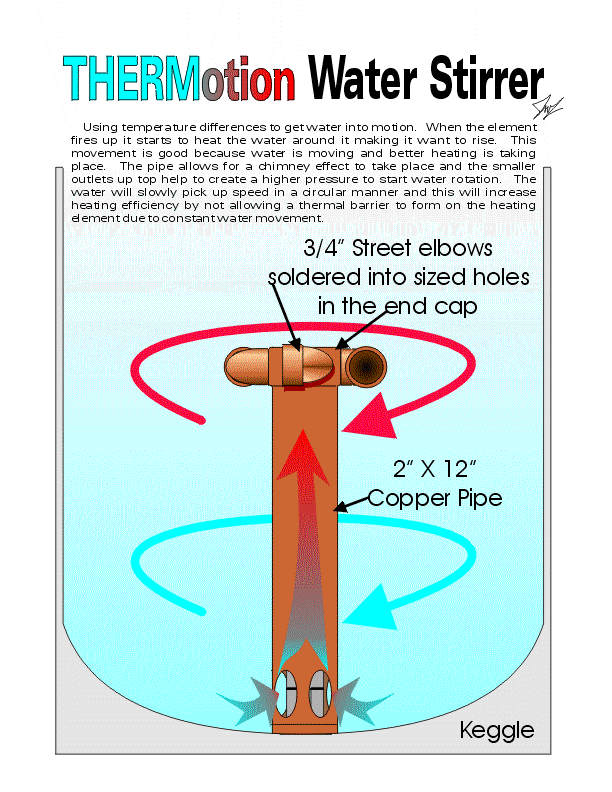Bernie Brewer
Grouchy Old Fart
Bobby_M said:We're still talking about the load being handled by the cord though. If he's pulling 12 amps on the heater and 1-10amps on the aux stuff, 2 x 14/3 for all practical purposes should be fine unless he's using 50-100 footers. The assumption is that each of those 20 amp breakers are already serving something else. I'd bet that the receptacle he's plugging into is a 15 amp, not 20.
If he's going to run a dedicated 20 amp circuit just for this purpose, he might as well get a single 12/3 SJ with a 20amp plug (assuming the motor loads don't exceed 6 amps or so).
No, we're NOT talking about the load on the cord. We're talking about the ampere rating on the breaker. The breaker will trip at 20 amps, so your cord ought to be able to handle that. If it can only handle 15 amps, and your rig for some reason goes screwy and starts pulling more than the cord can handle, but less than the breaker is going to trip at, you're gonna get a really hot cord and possibly a fire.
Edit: BTW I still think you should go with a couple 12-3 cord reels......







